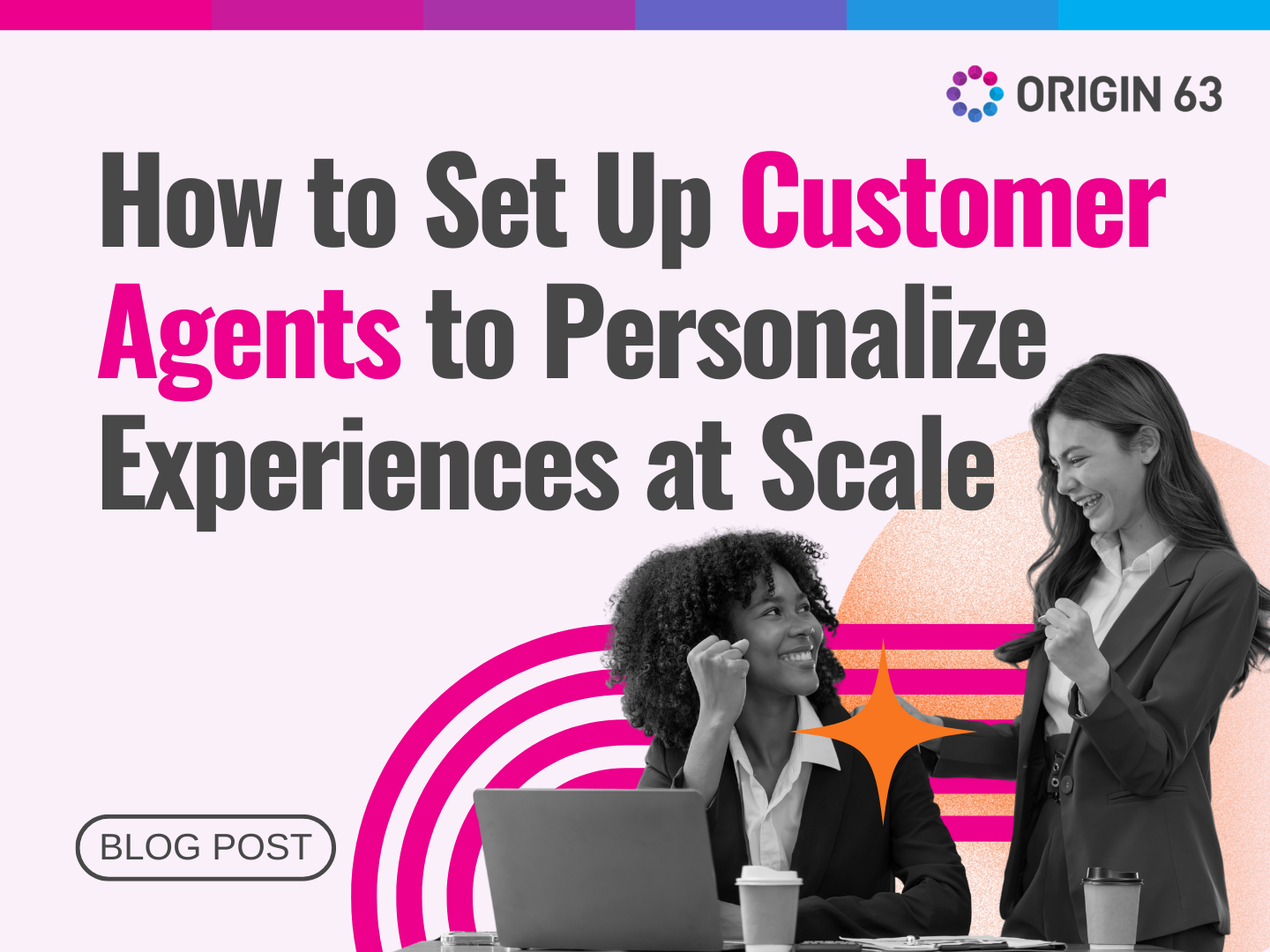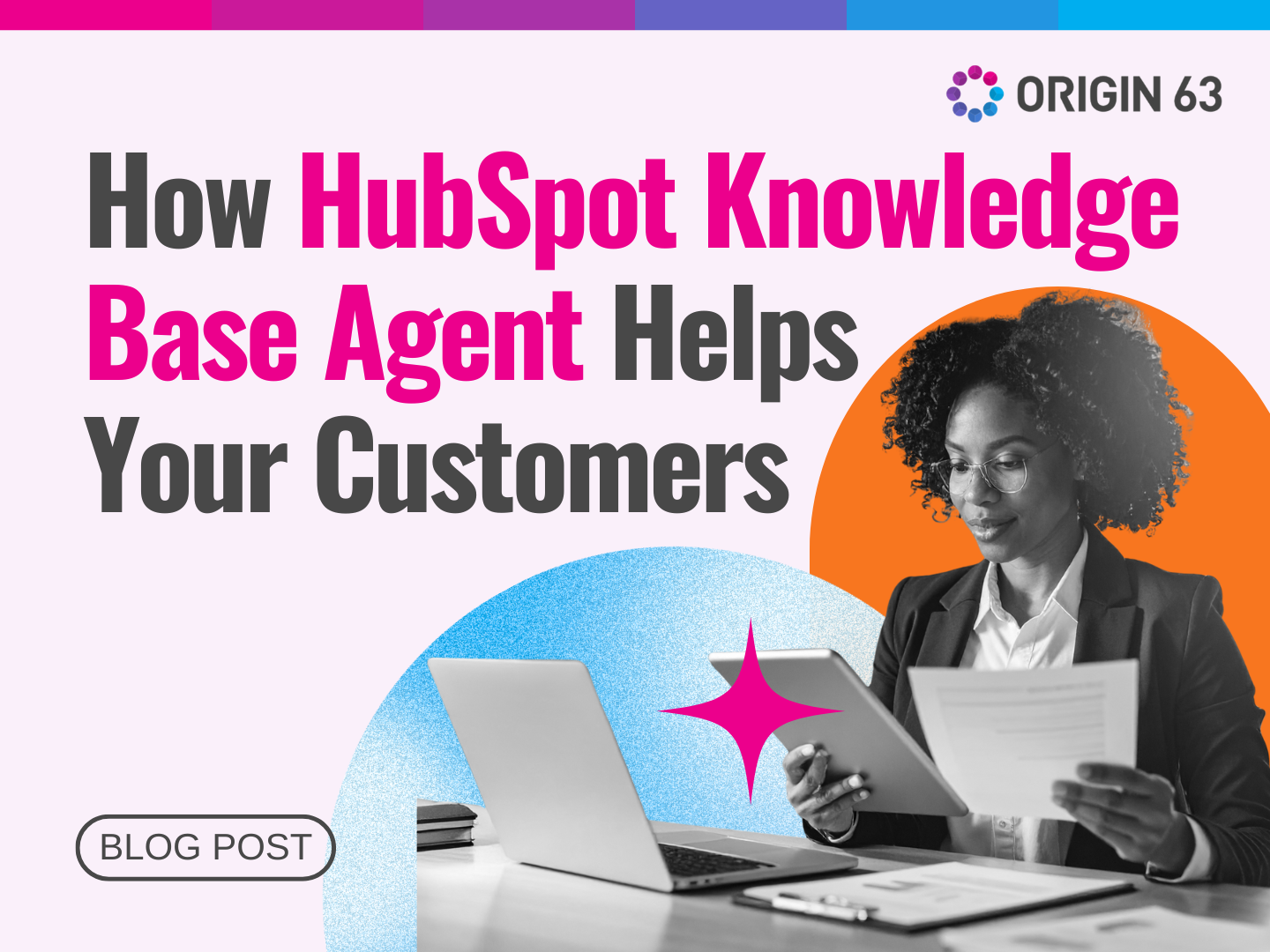Account-based marketing (ABM) is about precision—identifying high-value accounts and engaging them with personalized outreach. The biggest challenge is knowing which accounts are ready to buy.
Traditional lead generation casts a wide net, often wasting resources on low-intent prospects. Buyer intent data changes the game by helping marketing and sales teams focus on accounts showing genuine interest.
HubSpot’s Breeze Intelligence turns anonymous website visitors into valuable insights. With real-time buyer intent tracking, enriched CRM data, and automated lead prioritization, teams can engage the right accounts at the right time.
Why Buyer Intent Matters in ABM

Imagine a potential customer browsing your website, checking out your product pages, or even revisiting your pricing page multiple times.
They haven’t filled out a form yet, but their behavior signals strong intent. Without buyer intent tracking, these high-value prospects remain invisible, and your sales team misses a critical opportunity.
Buyer intent data helps bridge this gap by identifying companies engaging with your site before they officially become leads. With this insight, your team can prioritize follow-ups based on real-time signals, ensuring that sales conversations happen when interest is at its peak.
How HubSpot Breeze Intelligence Enhances ABM
Breeze Intelligence is built to make intent-based selling and marketing seamless. It connects anonymous visitors to real company profiles, tracks high-intent behaviors, and integrates directly into HubSpot’s Smart CRM.
With Breeze, your team gets:
- Accurate lead identification – Know which companies are visiting your site and what pages they’re engaging with.
- Smarter lead prioritization – Automatically score and route high-intent leads to sales for timely outreach.
- Personalized engagement – Equip sales reps with the insights they need to tailor their messaging and increase conversions.
A SaaS company, for example, could use Breeze Intelligence to track decision-makers visiting their site.
When a prospect engages with a pricing page or product demo multiple times, the sales team receives an alert, allowing them to reach out with relevant information—before the competition does.
How to Use Buyer Intent Data to Optimize Your ABM Strategy

61% of marketers say AI helps improve lead quality. Instead of guessing who might be ready to buy, you can track real-time engagement signals—like page visits, content downloads, and competitor comparisons—to prioritize high-intent accounts.
Here’s how to use it step by step.
1. Define Your Ideal Customer Profile (ICP) and Target Account List
Before you can use buyer intent data effectively, you need to define who you’re targeting. This means building a target account list (TAL) based on firmographics, revenue potential, and past conversion trends.
But a static TAL isn’t enough—without intent data, you might be reaching out to accounts that aren’t in buying mode.
With HubSpot Breeze Intelligence, you can refine your TAL dynamically based on real-time engagement. Instead of relying solely on demographic filters, you can prioritize accounts that are actively researching solutions like yours.
How to do this in HubSpot:
- Go to Marketing > Buyer Intent and configure Target Markets by selecting industries, revenue ranges, and regions.
- Use the Buyer Intent dashboard to filter companies by visit frequency, content engagement, and lifecycle stage.
- Save a dynamic view of high-intent accounts, so sales always work with fresh data, not outdated lists.
You ensure that your team focuses on not just the right accounts but the right accounts at the right time—maximizing efficiency and increasing your chances of conversion.
2. Align Sales and Marketing Teams with Intent Signals

The biggest challenge in ABM is misalignment—marketing hands off a lead too early, or sales reaches out without context. 52.2% of sales professionals reported that misalignment between sales and marketing leads to lost deals and revenue.
Buyer intent fixes this by giving both teams a shared source of truth. Marketing sees which accounts are engaging and can nurture them accordingly, while sales get real-time alerts when an account crosses an intent threshold (like revisiting the pricing page).
How to do this in HubSpot:
- Set up automated lead scoring based on intent signals (e.g., pricing page visits = 50 points, competitor comparison page = 30 points).
- Create a workflow that notifies sales when an account reaches a certain intent score.
- Use HubSpot’s CRM timeline to see each prospect’s engagement history before outreach.
Instead of cold-calling, sales reps can open conversations with “I saw your team researching [X topic]—would love to share insights on that.”
3. Personalize Outreach Based on Buyer Intent Insights
ABM thrives on hyper-personalization. A generic email won’t convince a CFO to take a meeting, but an email tailored to their specific pain points just might.
89% of marketers report seeing a positive return on investment when incorporating personalization into their campaigns.
With Breeze Intelligence, you can match outreach to real-time behaviors—whether it’s an executive reading your whitepaper or a mid-level manager comparing your tool with a competitor.
How to do this in HubSpot:
- Create smart email sequences that trigger when an account views key pages.
- Use the Breeze Intelligence Chrome Extension to pull intent data directly into LinkedIn messages.
- Add dynamic personalization tokens (e.g., “I saw your team researching [feature]—here’s how we can help”).
This ensures every touchpoint feels relevant—because it actually is.
4. Use Intent Data to Optimize Multi-Channel ABM Campaigns

Intent data shouldn’t just inform email and sales outreach—it should power your entire ABM campaign strategy. High-intent accounts need to be nurtured across multiple channels, from LinkedIn ads to retargeting campaigns to direct mail.
Multi-channel ABM efforts can help you find more leads, but only if those efforts are aligned with buyer behavior. That’s where intent data comes in—it tells you which website pages a prospect engages with and what messaging will resonate most.
How to do this in HubSpot:
- Use intent data to create ad audiences—for example, retargeting visitors who engaged with your demo page.
- Set up LinkedIn Sponsored Messages triggered when a prospect downloads a competitor comparison guide.
- Create personalized landing pages with messaging tailored to the specific pages an account has visited.
Instead of a one-size-fits-all ad, you’re delivering ads and content that directly address what a prospect is thinking about.
5. Measure and Continuously Optimize Your ABM Strategy
ABM isn’t a one-and-done play—it’s an iterative process. You need to track which accounts convert fastest, what messaging works best, and which intent signals actually lead to closed deals.
When you track intent-driven engagement and know your customers, you’re efforts to reach out to them will be more effective, but most teams don’t take full advantage of these insights.
How to do this in HubSpot:
- Go to Reports > Buyer Intent Analytics to track which engagement signals correlate most with conversions.
- Set up a closed-loop feedback system where sales mark accounts as “won” or “lost,” helping marketing refine targeting.
- Use intent heatmaps to see which content drives the most high-intent engagement.
Analyzing which intent signals turn into revenue can help refine your ABM strategy over time—ensuring each campaign gets smarter and more effective.
Turn Buyer Intent into ABM Success
Optimizing ABM with buyer intent data ensures you engage the correct accounts at the right time, increase conversions, and drive revenue growth.
With HubSpot Breeze Intelligence, you can move beyond static target lists and dynamically identify which accounts are actively researching your solutions.
When sales and marketing teams align around real-time intent insights, they can engage prospects with personalized outreach that resonates, leading to stronger relationships and higher response rates.
An effective ABM strategy doesn’t just focus on your ideal customer—it prioritizes when they are ready to buy. You do this when you act on real-time insights that move the needle.
Get More from Your Buyer Intent Data with Origin 63
Buyer intent is only as powerful as how you use it. Origin 63 helps you unlock the full potential of HubSpot Breeze Intelligence and other HubSpot tools—so you can capture, engage, and convert high-intent accounts faster.
Let’s build an intent-driven ABM strategy that works. Get in touch today!




.png)
.png)








.png?width=90&height=90&name=Arrows%20Partner%20Badge-test%20(1).png)

